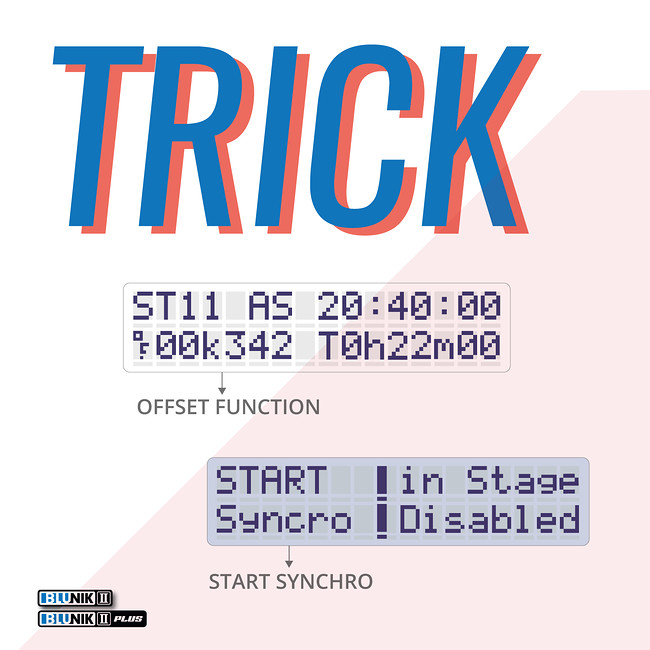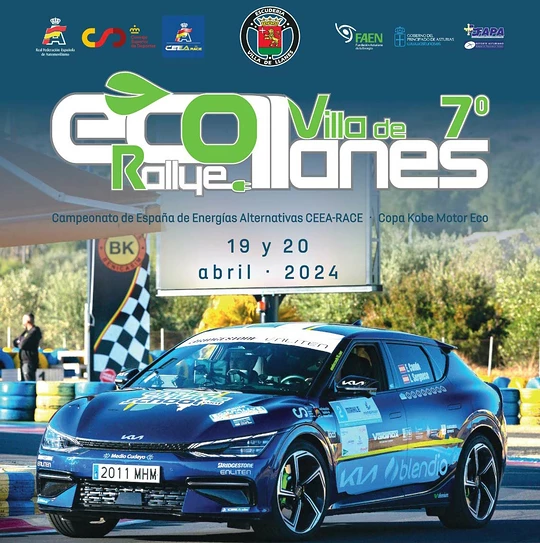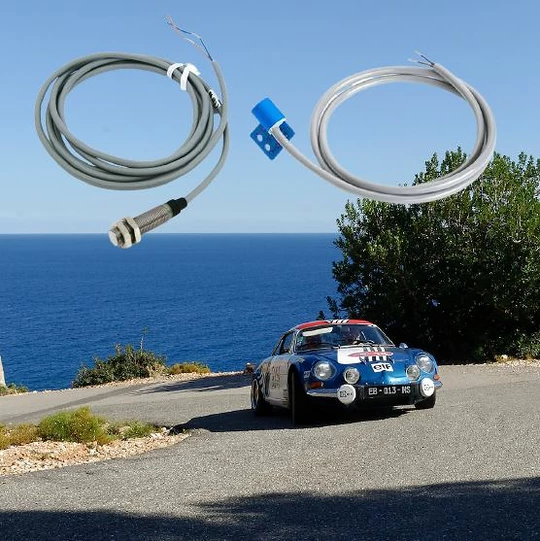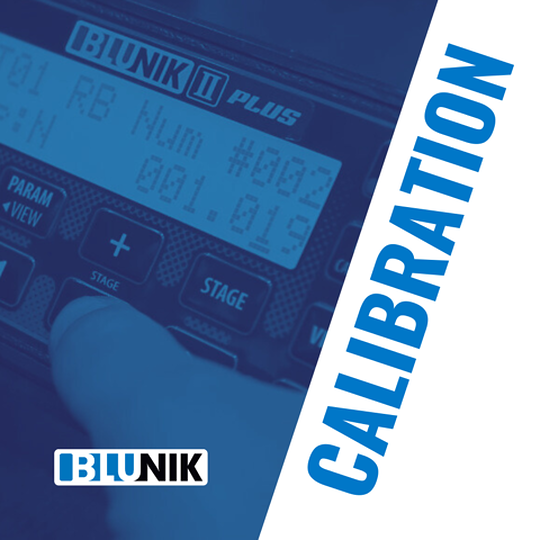This year 2021 the Rally Monte-Carlo Historique will not define the exact starting points for the stages. It isn’t the first or the last time that the ACM organization does this. In older editions it was already done like this.
Since the year 2013 the Blunik incorporates the offset function in order for the co-pilot to be able to adjust distances and complete the regularity.
On the other hand, synchronizing the exact starting time with the exact time the timekeeper will be using is also important, to this end the Blunik provides you with a parameter to define the way the “START” key works, which if you set to “Synchro” you’ll be able to synchronize it always either to 0 or to 30 seconds.
Continue reading and we’ll explain the details.
STARTING POINT
The exact starting points for the stages will not be known until the day of the rally.
In our reconnaissance we’ll establish a “Pre-starting” point, this point has to be before the unknown starting point.
Therefore, in our road-book, the one we’ll be using during the whole rally, will have all the total distances referenced to this “Pre-starting” point.
On the day of the rally we’ll have to measure the distance between our “Pre-starting” point and the real starting point. We’ll call this distance OFFSET.
Doing this is as easy as measuring the partial distance:
- Press the ZERO key at the “pre-starting” point.
- Press the ZERO key again at the real starting point, and write down the partial distance measured. The Blunik will register this distance as the last partial distance.
When programming the Blunik we’ll have to enter the OFFSET distance data, and then continue programming the average speeds as we have them in our road-book.
More information:
- The OFFSET distance can also be given to us by a companion,
- For those of you who already know about this, the Blunik will automatically register the OFFSET distance of the last partial when you press the START key, if you have the SYNCHRO + OFFSET parameter selected.
- We always recommend you verify (and correct if needed) the stage programming once you are in the stage. You can verify and modify all the data including the OFFSET distance.
- You have more information in the Blunik II PLUS manual, chapter 6.22 page 43.
SYNCHRONIZED START
It’s important that the device which measures the regularity starts keeping track of our advance or delay in the same way as the event’s timekeeper does. For this, synchronizing either to the 00 or 30 second timestamp is ideal.
It is interesting to program the START key to “Synchro”, this way the Blunik will take into account the synchronization to 0 or 30 seconds. If we press between the second 45 and the second 15 it’ll be adjusted to the second 0, and from the second 15 to the second 45 it’ll be adjusted to the second 30.
More information:
- We always recommend you verify (and correct if necessary) the stage programming once you are in the stage. You can also verify and modify the starting time.
- You have more information in the Blunik II PLUS manual, chapters 6.15 page 39 and 6.16 page 40.
Everything explained here is valid for all the versions of Blunik II and Blunik II PLUS.




